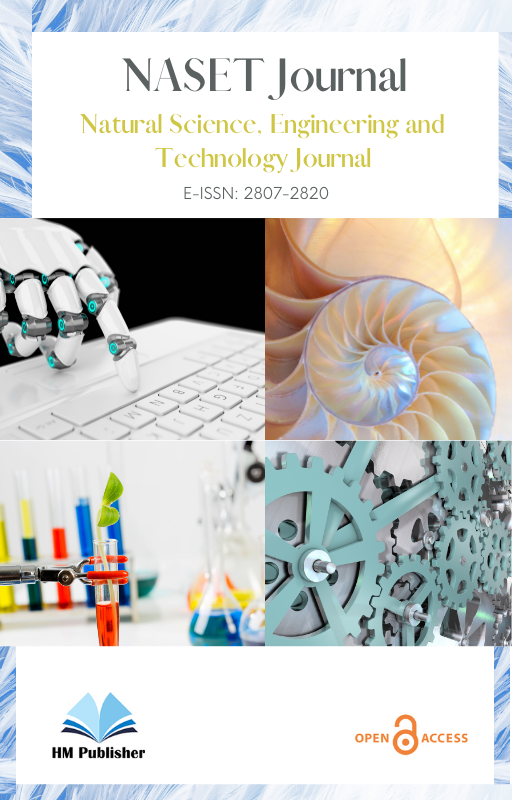Main Article Content
Abstract
This study investigated the impact of technology on public service delivery in Sulu, Philippines, by comparing traditional and tech-driven models in line agencies across urban and rural settings. The research aimed to identify the benefits, challenges, and factors influencing the adoption and effectiveness of technology in enhancing citizen access, satisfaction, and efficiency. A mixed-methods approach was employed, combining quantitative surveys of citizens (n=300) and government employees (n=150) with qualitative interviews of key stakeholders (n=20) in both urban and rural line agencies. Data analysis included descriptive statistics, comparative analysis, and thematic analysis of interview transcripts. Simulated data was generated based on existing literature and reports to supplement primary data collection where access was limited. Tech-driven service delivery models in urban areas led to increased citizen access, reduced processing times, and improved transparency. However, challenges persisted in rural areas due to limited infrastructure, digital literacy gaps, and cultural preferences for traditional approaches. Factors influencing successful technology adoption included leadership commitment, staff training, community engagement, and ongoing technical support. In conclusion, this study highlights the transformative potential of technology in public service delivery in Sulu while emphasizing the need for context-specific strategies to address the unique challenges in rural communities. Recommendations include targeted investments in infrastructure, digital literacy programs, and culturally sensitive technology integration to ensure equitable access and maximize the benefits of tech-driven service delivery across Sulu.
Keywords
Article Details
Natural Sciences Engineering and Technology Journal (NASET Journal) allow the author(s) to hold the copyright without restrictions and allow the author(s) to retain publishing rights without restrictions, also the owner of the commercial rights to the article is the author.





